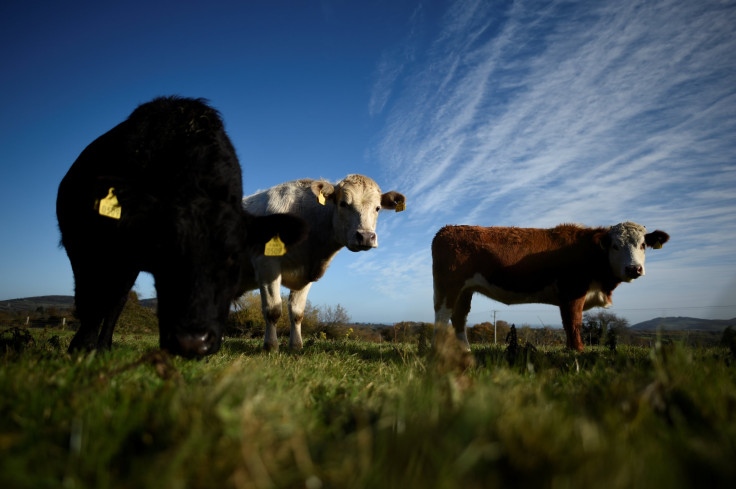Eating Healthy Is Good For Earth’s Environment, Not Just For You

To anyone who needs a somewhat selfish motive to do a good deed for others (if that’s how you work, that’s how you work), here’s an easy one: help reduce your environmental impact on the world by eating healthier food.
Dutch researchers, led by Paul Behrens from Leiden University, published a paper Monday in the journal Proceedings of the National Academy of Sciences that analyzed the impact of diet on the environment, by using nationally recommended diets (NRD) as the benchmark. For the study, the researchers used NRD data from 37 countries that together represent 64 percent, or almost two-thirds, of the global population.
“Nationally recommended diets are a prominent method for informing the public on dietary choices. Although dietary choices drive both health and environmental outcomes, these diets make almost no reference to environmental impacts. Our study provides a comparison between the environmental impacts of average dietary intakes and a nation-specific recommended diet across 37 middle- and high-income nations,” the researchers said in the study.
The environmental factors they considered include three things: greenhouse gas (GHG) emissions, eutrophication (which is excessive nutrients in water bodies, leading to unusually high growth of algae and other phytoplankton in them) and changing land use.
Behrens and his team found all three factors to reduce in high-income countries (which accounted for 28 of the 37 countries being studied) if people there followed the NRDs, compared to their current average diet. These reductions would be between 13-24.8 percent, 9.8-21.3 percent and 5.7-17.6 percent for GHG, eutrophication and land use, respectively.
The remaining nine middle-income countries were split into two groups: lower-middle (India and Indonesia) and upper-middle. The environmental benefits for the three categories that would come from sticking to NRDs in upper middle-income countries were generally smaller than for the high-income countries, and were calculated as 0.8-12.2 percent, 7.7-19.4 percent and 7.2-18.6 percent, respectively.
The outlook for the poorer middle-income countries was in stark contrast, with negative impacts across all three environmental categories, estimated to be 12.4-17 percent, 24.5-31.9 percent, and 8.8–14.8 percent, respectively.
The difference between different income nations is based at least in part on specific dietary challenges faced by different countries. While the United States advises people to reduce calorie intake, India is trying to get its citizens to consume more calories, and is also advising higher meat consumption.
But despite the negative environmental impact by following the NRD of low-income and poor middle-income countries, the environment would still be benefitted overall if more people ate healthier. According to the paper, uniform adoption of NRDs across the countries they studied would lead to 0.19-0.53 gigatons fewer of carbon equivalent emissions, between 4.32 and 10.6 gigatons less of phosphate (the main culprit behind eutrophication) and between 1.5 and 2.8 million square kilometers (0.6-1.08 million square miles) lesser agricultural land.
Of all the NRDs the researchers considered, only four — from China, Sweden, the Netherlands and the United Kingdom — mentioned environmental factors, and even that, almost only cursorily. The researchers hope their “work will provide a standardized baseline for future work to optimize recommended diets further.”
The open-access paper, titled “Evaluating the environmental impacts of dietary recommendations,” was coauthored by Jessica C. Kiefte-de Jong, Thijs Bosker, João F. D. Rodrigues, Arjan de Koning and Arnold Tukker.
© Copyright IBTimes 2025. All rights reserved.





















